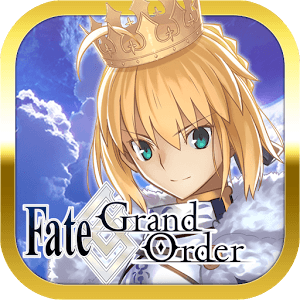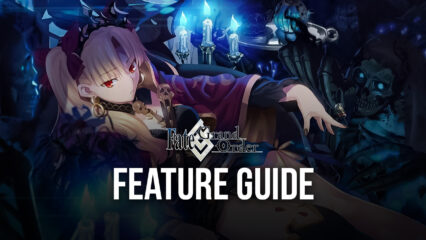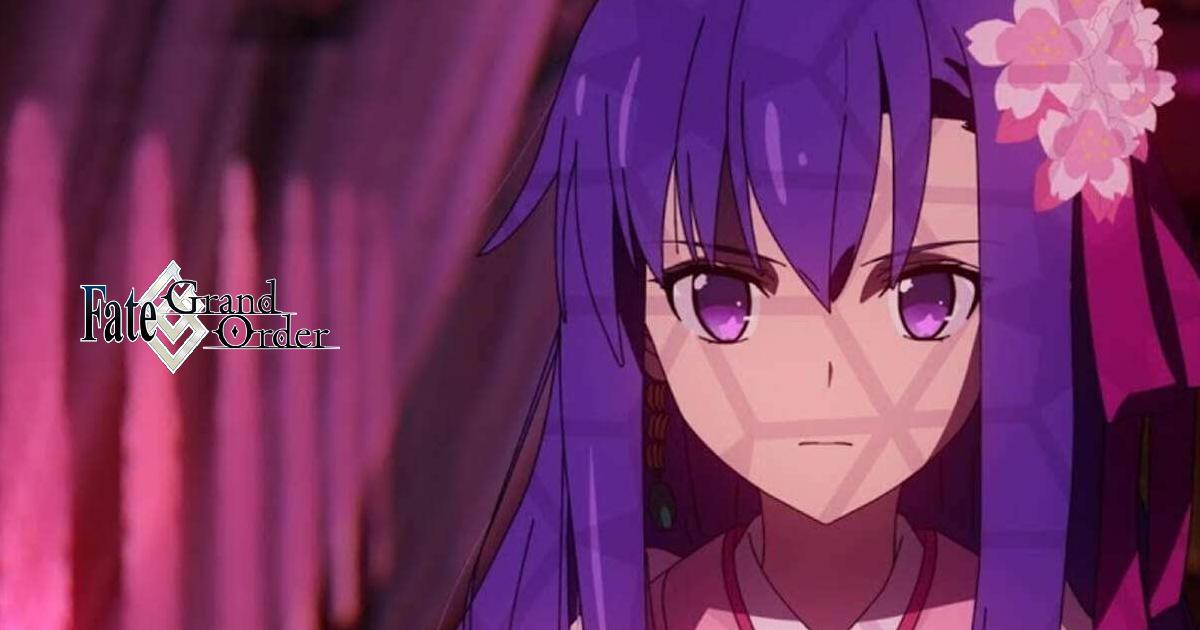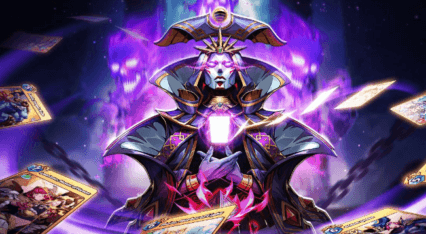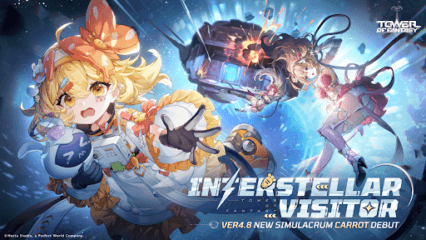Playable Beasts in Fate/Grand Order: From Final Bosses to Friendly Faces
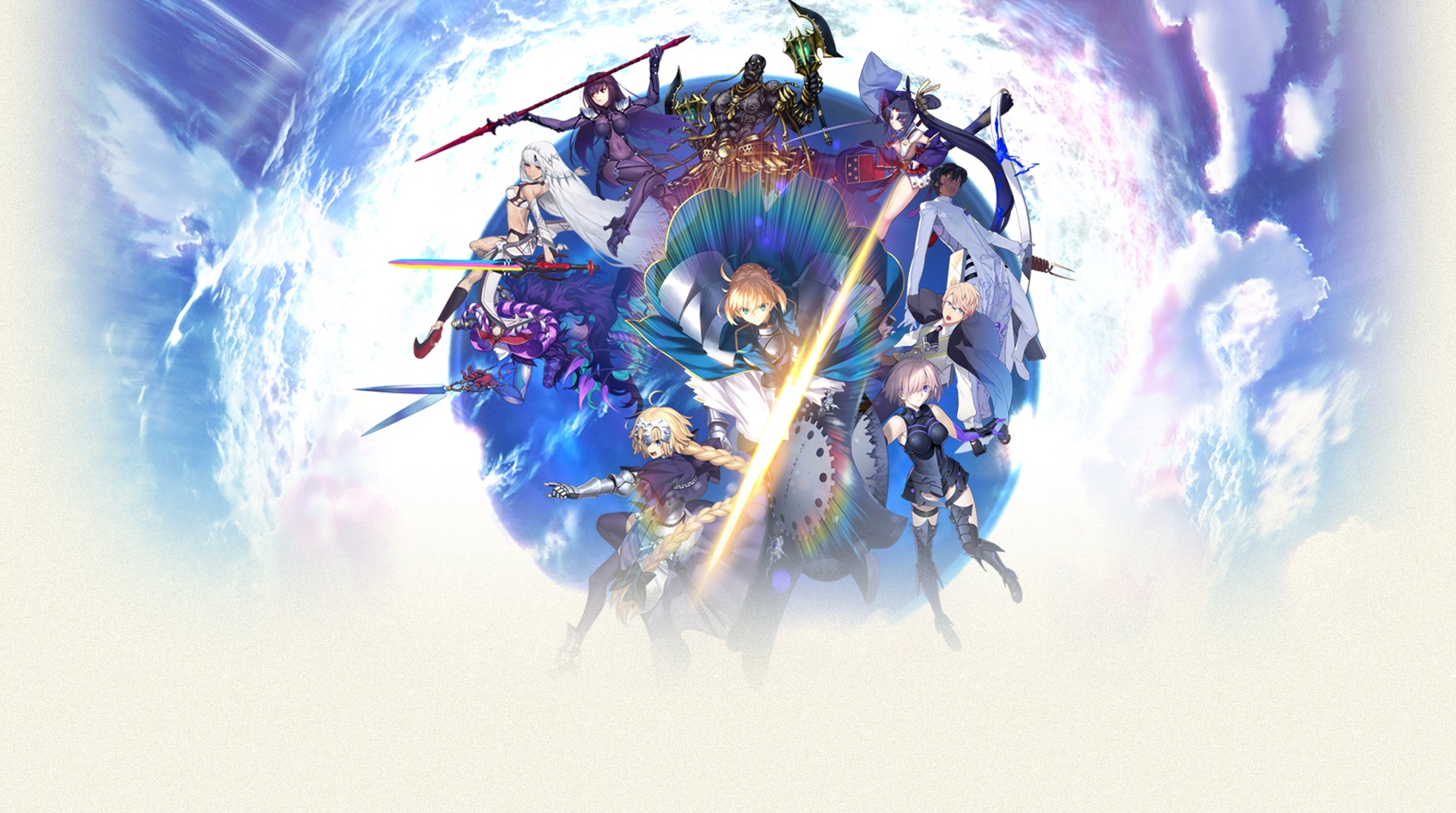
Fate/Grand Order has always been a game full of surprises—twists in its storytelling, sudden difficulty spikes, and perhaps most unexpectedly, the blurred line between friend and foe. Over the years, players have faced off against some of the most terrifying entities in the Fate universe—Beasts, cosmic threats that are typically endgame bosses wielding powers that threaten humanity’s very existence. So, imagine the collective shock and delight of the player base when some of these Beasts were not only made summonable but were given fully fleshed-out characters, personalities, and backstories that made them… strangely lovable.
Let’s take a dive into how these apocalyptic threats became part of your Chaldean roster and why these “final bosses” have grown to become some of the most iconic characters in the game.
The Concept of Beasts in FGO
In the Fate/Grand Order narrative, Beasts represent counter-forces to human progression—anti-heroes in the truest sense. They are categorized as Beasts of different numbers, such as Beast I, II, III-R, III-L, and so on, each with a core philosophy that opposes the continued survival or advancement of mankind.
At first, these Beasts were untouchable. They were monstrous, godlike figures that could only be faced in the climax of story chapters, accompanied by jaw-dropping music and surreal attack animations. But with time, the game began to challenge expectations. What if, it asked, we could see the human—or at least, the sympathetic—side of these beings?
Goetia’s Redemption: A Beast Turned Ally?
Although not playable (yet!), Goetia remains one of the earliest Beasts that players formed a complicated relationship with. As the main antagonist of Part 1, Goetia was a terrifying figure—cold, calculative, and deeply tragic in his vision to restart humanity. While he hasn’t been summoned into the gacha pool, fragments of him live on through the summonable Solomon, and fans continue to hold out hope that one day, Goetia might find redemption in playable form.

His legacy set the tone: Beasts were not just bosses—they were characters with motives, emotions, and philosophies. That emotional depth opened the door for what would come next.
Kama/Mara: A Goddess of Love and a Beast of Desire
When Kama was released, players were expecting a seductive, mischievous goddess. What they got was also Beast III-L—a twisted embodiment of obsessive love. Kama walks a fine line between deity and disaster, and Fate/Grand Order didn’t shy away from exploring that duality. Instead of locking her in her Beast form, the game cleverly allowed players to summon her as an Assassin-class Servant, with clear ties to her darker, Beast identity.

What makes Kama special is how the game humanized her. Through her dialogue, bond lines, and even seasonal events, we see a character grappling with her dual identity. She’s not just the “enemy” anymore—she’s a part of Chaldea, and whether you love or fear her, you can’t deny her depth.
Kiara Sessyoin: The Pleasure That Consumes
Kiara is another fascinating case. Originally appearing in Fate/Extra CCC, her role in Fate/Grand Order saw her ascend to full Beast status—Beast III-R, the counterpart to Kama. She represents all-consuming pleasure, a concept just as dangerous as destruction. But again, FGO did something unexpected: it gave her a summonable form as a Moon Cancer, and later as an Alter Ego.

What’s beautiful—and a little terrifying—about Kiara is that her allure lies in her contradictions. She’s poised, composed, and elegant, but underneath that calm exterior lies something chaotic and insatiable. As a player, you’re constantly reminded that while you may have summoned her, she’s still very much a force of nature that chooses to be with you… for now.
Morgan le Fay and the Murmurs of Beast VI
Part 2 of FGO brought with it deeper explorations of Beasts, with hints and reveals happening almost organically through the story. Morgan, for instance, though not a Beast herself, is deeply tied to the mythos of Britain and the Lostbelt system that often flirts with Beast-level threats. Her character design, lore, and development point toward a potential Beast-level revelation in future chapters.

The game has matured in how it handles these transitions—fleshing out motivations, weaving themes of regret, love, obsession, and transcendence into its characterization. These aren’t just enemies anymore. They’re mirrors held up to humanity—sometimes reflecting the worst parts of us, other times the tragic consequences of trying to do what one believes is right.
The Appeal of Playable Beasts
So why has the community embraced these Beasts-turned-playable Servants with such intensity?
Part of it is the sheer power fantasy. These are bosses who wiped entire parties during story runs. Having them in your roster feels like taming a storm.

But more than that, it’s the writing. Fate/Grand Order excels at layering depth, humanity, and contradiction into its characters. A Beast is not just an endgame raid boss—it’s a person, often broken or burdened, who may or may not want to be saved. The fact that you, the Master of Chaldea, are the one who gives them a second chance is what makes it so emotionally rewarding.
For players looking to maximize their use of beasts, playing FGO on BlueStacks provides a superior experience. With better performance, key mapping for faster skill activation, and multi-instance capabilities for rerolling, BlueStacks enhances gameplay efficiency. For those new to the game, our Beginner’s Guide to Fate/Grand Order provides essential tips on team building and resource management.
Fate/Grand Order continues to evolve in how it redefines traditional RPG roles. The inclusion of playable Beasts not only enriches the gameplay with powerful units but elevates the narrative by forcing us to confront the nature of villainy, redemption, and choice. These characters, once feared, now fight alongside us—not because they’ve changed completely, but because we’ve come to understand them. And in a game built on bonds, that understanding might be the most powerful weapon of all. For the best gaming experience, try playing Fate/Grand Order on BlueStacks, which offers a bigger screen and smoother gameplay.

